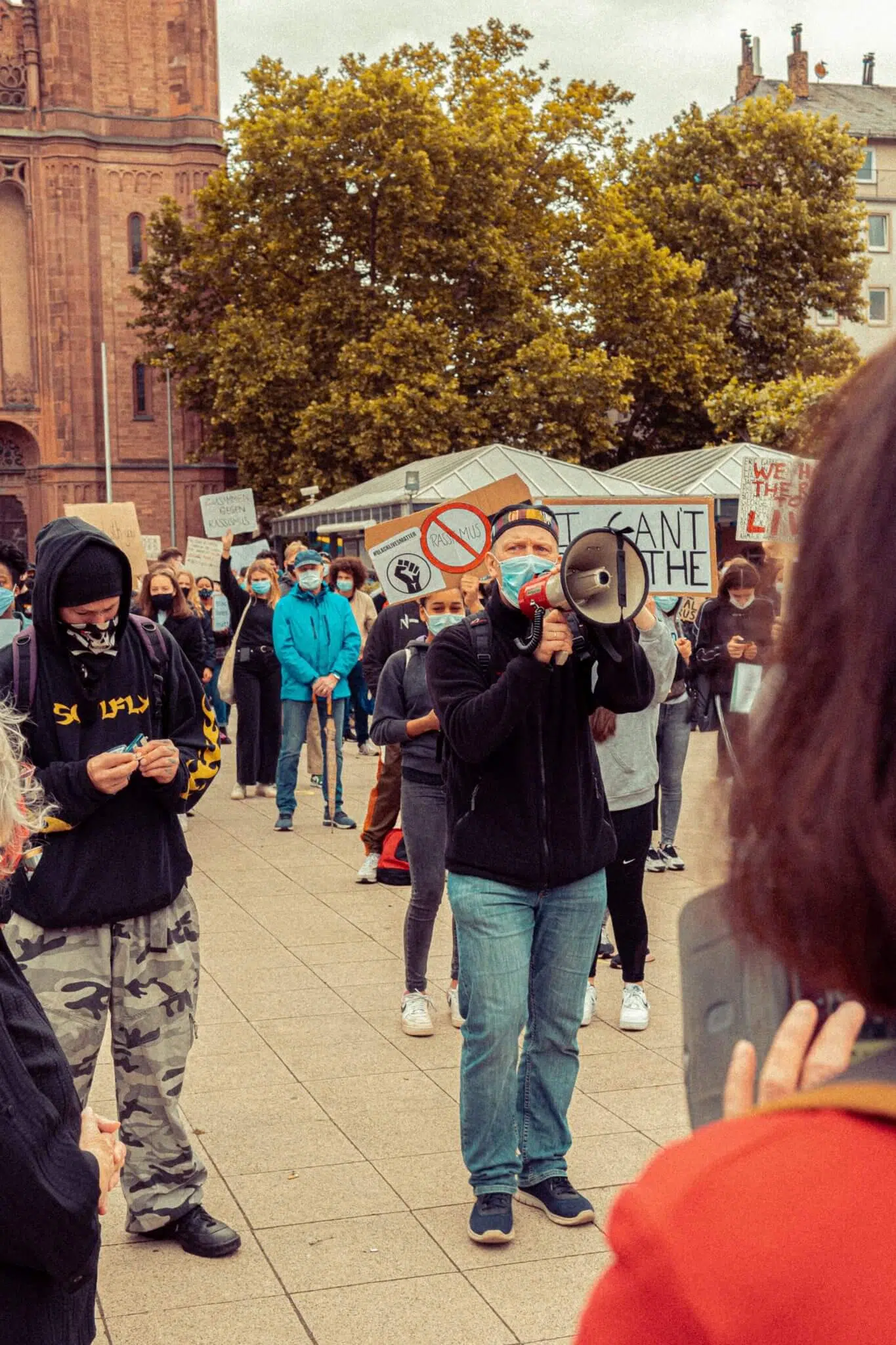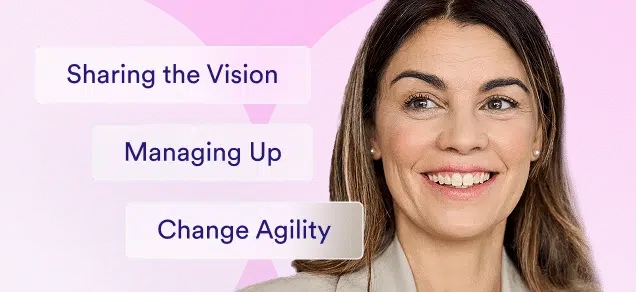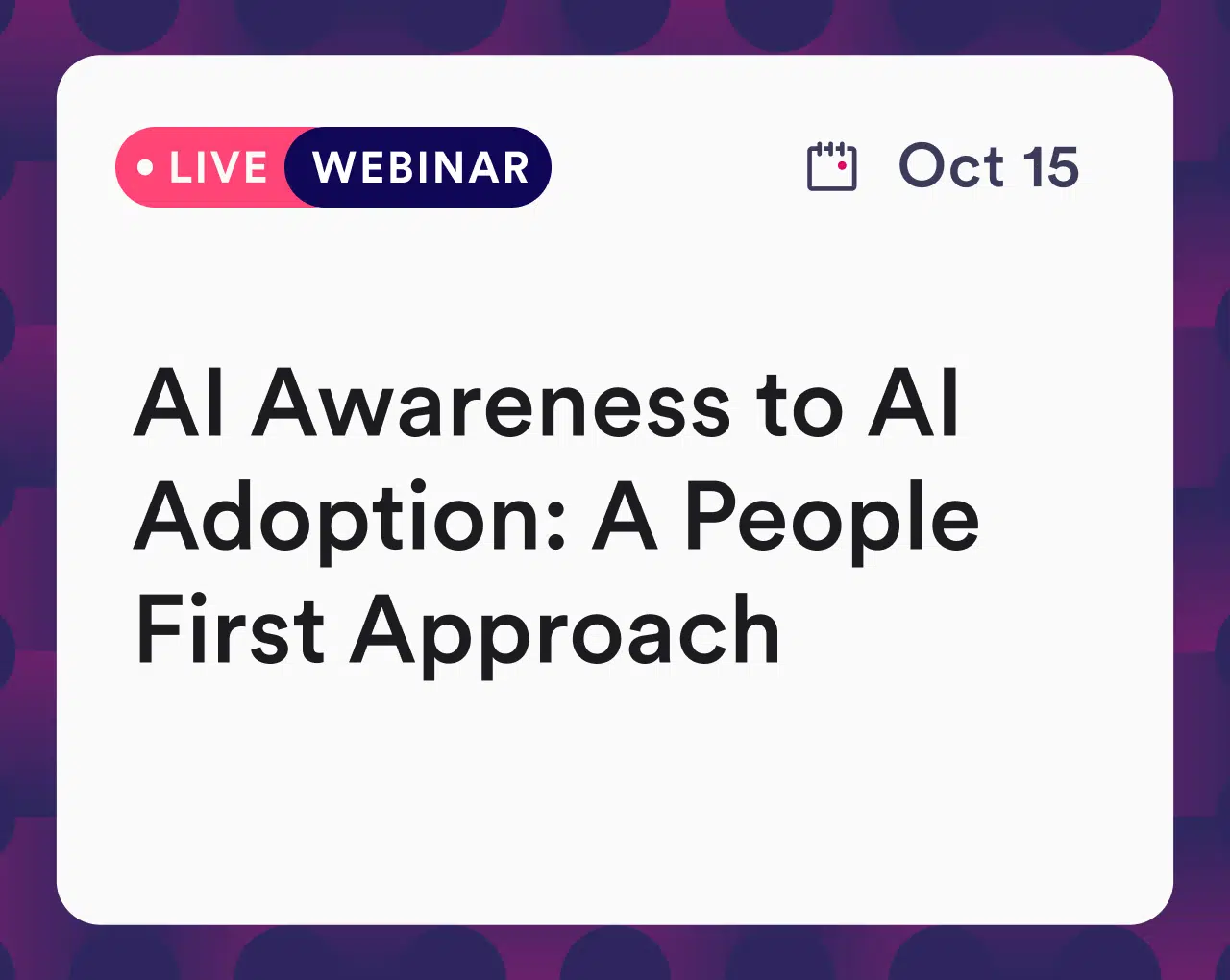Businesses rarely take their diversity and inclusion efforts too far. In fact, many would argue that the majority of companies don’t take them far enough. While introducing diversity and inclusion programs and initiatives can make a lasting difference to your organization, it is no longer enough just to focus on righting internal inequality and injustice. Today’s employees and customers want to know what companies stand for and how they are helping improve the world.

However, there is a difference between saying you’ll change the world and actually doing it, which is where the “do no harm” vs. “anti-racist” approaches come into play. In this article, we’ll walk through what each of these approaches means and how you can turn your organization into an anti-racist company.
What is the difference between a “do no harm” and being “anti-racist”?
A “do no harm” company is one that just “checks the box” when it comes to diversity. While an organization that falls into this category might actually be outspoken about its commitments to Diversity, Equity, and Inclusion (DEI) and have a Diversity and Inclusion Officer and employee resource groups (ERGs), their commitments and initiatives might be mostly empty promises. The reality is that DEI commitments don’t mean much if companies can’t back them up with tangible results that show the change they’re enacting in both the workplace and the larger community.
By comparison, an “anti-racist” company goes a step further to dismantle workplace inequities by truly prioritizing anti-racist policies and behaviors within its team and organizational structure.

So, what does that mean from a people perspective? If you talk to people of color in predominantly white spaces, you will find out that while many of them don’t experience active racism from their employer, but they do from their colleagues. For a manager, “doing no harm” might mean being aware that a black female employee is experiencing certain prejudice or targeted behaviors in the workplace, yet doing nothing to help or change her situation. Sometimes managers can assume that because they aren’t the aggressors — or the ones saying or doing something to make an employee feel uncomfortable — then everything is fine. But in order to enact change, it is clear that being passive isn’t enough.
“Inaction is an action. By doing nothing, you are perpetuating racist behavior and become a part of the problem,” said Dominique Hollins, a Hone facilitator, business operations leader, and DEI expert.
An anti-racist manager, by contrast, would call out racist behavior and take action to ensure it does not happen again. This behavior shows the manager’s direct report that her manager has her best interest at heart and is willing to raise their voice for what is right. This also sets a precedent of what types of behavior won’t be tolerated with an organization.
How can your company become anti-racist?
Being an anti-racist workplace extends beyond company values and having good managers. It includes every aspect of the company’s operations—from what it produces, what vendors it uses, how it shows up for the community, and what it invests in. An anti-racist workplace should prioritize transparency around these areas by making their D&I commitment public. This plan should specifically and publically outline what the company is doing to help underserved individuals to hold the business accountable.
How can you become an anti-racist company? While there aren’t formal steps to take, a good place to start is admitting what you don’t know, actively working to deepen your awareness, and taking responsibility for how you show up as an ally to your employees and your community.

“The beauty of anti-racism is that you don’t have to pretend to be free of racism to be an anti-racist. Anti-racism is the commitment to fight racism wherever you find it, including in yourself. And it’s the only way forward,” said Ijeoma Oluo, the bestselling author of “So You Want to Talk About Race.”
While it’s easy for corporate leadership to issue a well-crafted, ambiguous statement, it’s even easier for these prepared communications to come off as disingenuous and even out of touch. Executives must be willing to come out and say, “Hey, this isn’t my area of expertise, but it’s important. I’ve made some mistakes in the past and here’s what I’m learning. Here’s who I’m talking to. Here’s what I’m doing now.” After all, when senior leaders are willing to be more vulnerable, their behavior can trickle down through an organization and inspire the entire team to be more open.
How do you know if you’ve succeeded in becoming an anti-racist company?
The benchmark is rather shocking: according to Diversity, Equity & Inclusion Strategist and Consultant Lily Zheng, “Unless every white supremacist in the world hates your company then you need to try to push a little bit harder to become anti-racist.” You should strive to become such a strong example of an anti-racist workplace that groups that perpetuate hate despise your company and the way you treat your employees.
“The winds are changing. People want individuals and companies to do more and take a stand on big social issues like racism, sexism, inequality, and injustice. Don’t be afraid to go bold because that’s the direction our country is moving in,” urges Zheng. “We have an enormous opportunity right now, so go big, go bold. Say the things that are hard to say—you’ll find that more people support you than you think.”
—
One step on the path to becoming an anti-racist company is educating your employees on how to build a culture of inclusion. Ensuring they have the knowledge, skills, and–above all else–empathy to identify, call out, and take action against injustice and inequality when they see it. Together, we can all use our influence to amplify the voices of others can help your company build a culture and work environment that helps every employee thrive.
Take one of Hone’s inclusion and belonging classes for yourself with a free trial for you and your team. Our unique platform provides engaging workplace training for remote teams that can be customized to your organization and your unique business goals.












